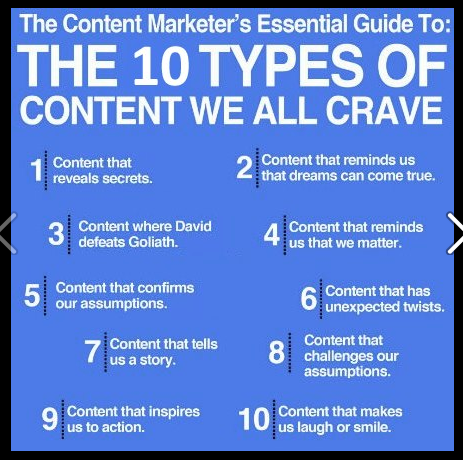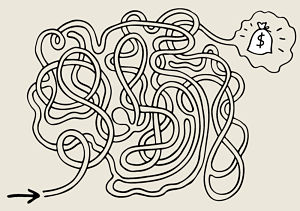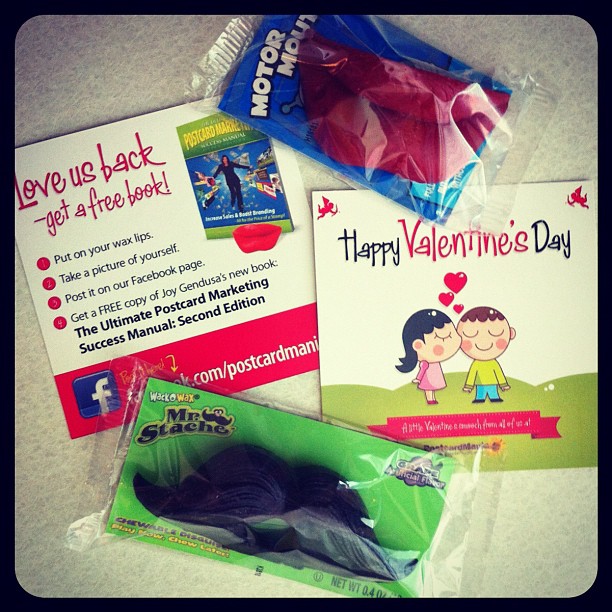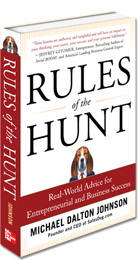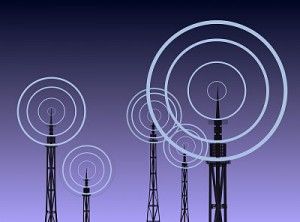Email open and click rates – are they rising?
September 11, 2012
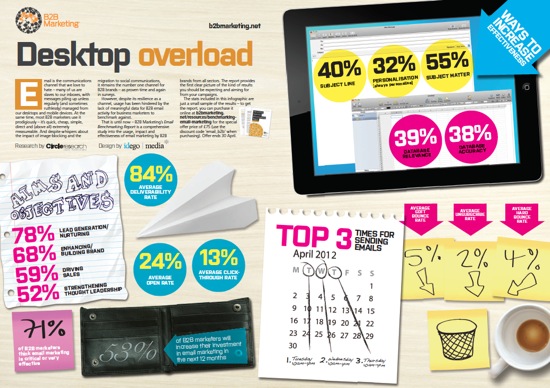 (download full-sized infographic made by B2BMarketing.net)
(download full-sized infographic made by B2BMarketing.net)
Interestingly, the answer is yes. And no. According to a recent study done by Experian Cheetahmail (download the white paper) shows that open rates are up but click rates are down a little bit in the 2nd quarter of 2012. (As you can see by the infographic above, different studies reveal slightly different numbers but the interesting and important thing to notice is that they’re pretty darned close.)
According to the study, the total open rate for Q2 2012 was 21.9%, an improvement from the previous year, which was at 21.6%. Similarly, Q2 2012’s unique open rate of 15.2% was up from a year earlier (14.8%), but down from the previous quarter’s 15.5%.
A June report from Epsilon found the benchmark email open rate for Q1 to be 26.2%, up on quarter-over-quarter and year-over-year bases.
Most of the other metrics tracked by Experian Marketing Services saw year-over-year declines in Q2, yet many saw less pronounced decreases when measured on a quarter-over-quarter basis.
For example, Q2 2012’s click-to-open rate of 15.4% was a significant drop from 18.2% a year earlier, but represented a smaller decline when compared to Q1’s 16.3% rate. Q2’s unique click rate of 2.5% was down from 2.7% in Q1 and 2.8% in Q2 2011.
Other Interesting Findings:
- The overall transaction rate dropped slightly from the previous quarter and previous year.
- The average revenue per email in Q2 was $0.12.
- Average order declined to $156.37 from $159.93 in Q1 and $160.27 in Q2 2011.
- The bounce rate dropped to 2.6%.
- The unsubscribe rate also fell, to 0.15% in Q2. The Q1 rate was 0.16%, while the Q2 2011 rate was 0.2%.
- 55% of brands had statistically significant year-over-year increases in open rates.
Going back to the infographic — look at how the research tells us we can improve our own open and click thru rates:
- A better subject line will increase opens by 40%
- Personalizing the email will increase opens by 32%
- If the subject matter is on target, you can increase opens by a whopping 55%
- Sending your email from 10 am – 1 pm in the middle of the week (Tuesday is the #1 day) also will increase your odds of having that email opened
If you want to learn even more about smart email marketing, check out the brand new book by Jason Falls and DJ Waldow called The Rebel’s Guide to Email Marketing*


